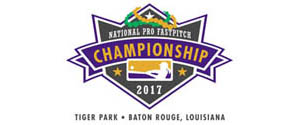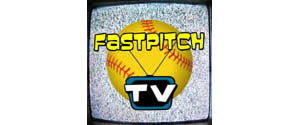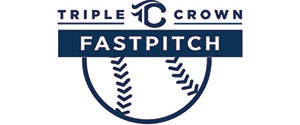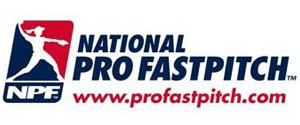Battle wrote:Did Tom Mason invent this rule because that was my next question?
Invent? Don't know and Tom wouldn't take credit even if he did.
I would like to ask what the original intentions to the rule were. I can't imagine someone making it this complicated with a fake throw. I would assume it was simple. When the the pitcher has possesion of the ball in her glove (that is on her hand, not on the ground etc.) or her throwing hand (not under her arm etc.) and is in the circle, the runner has to commit to a base or she is out. Fake throw or not.
You have been told a couple of time in this thread. It was to avoid the cat and mouse game. (FYI, I have heard him use this phrase)
As Steve noted, what has caused all the consternation are all the people who have looked for and abused what they consider loopholes.
AFA requiring the ball to be in the hands and not under an arm, between the knees, etc. is because the pitcher cannot put out a runner without throwing the ball or tagging the runner out without the ball in their hands. IOW, the pitcher cannot make a play without the ball being in their hands.
Unfortunately, it is still possible to have the cat and mouse game with pitchers faking a throw or the catcher constantly running players back to bases which is why I prefer the SP mechanic.





























